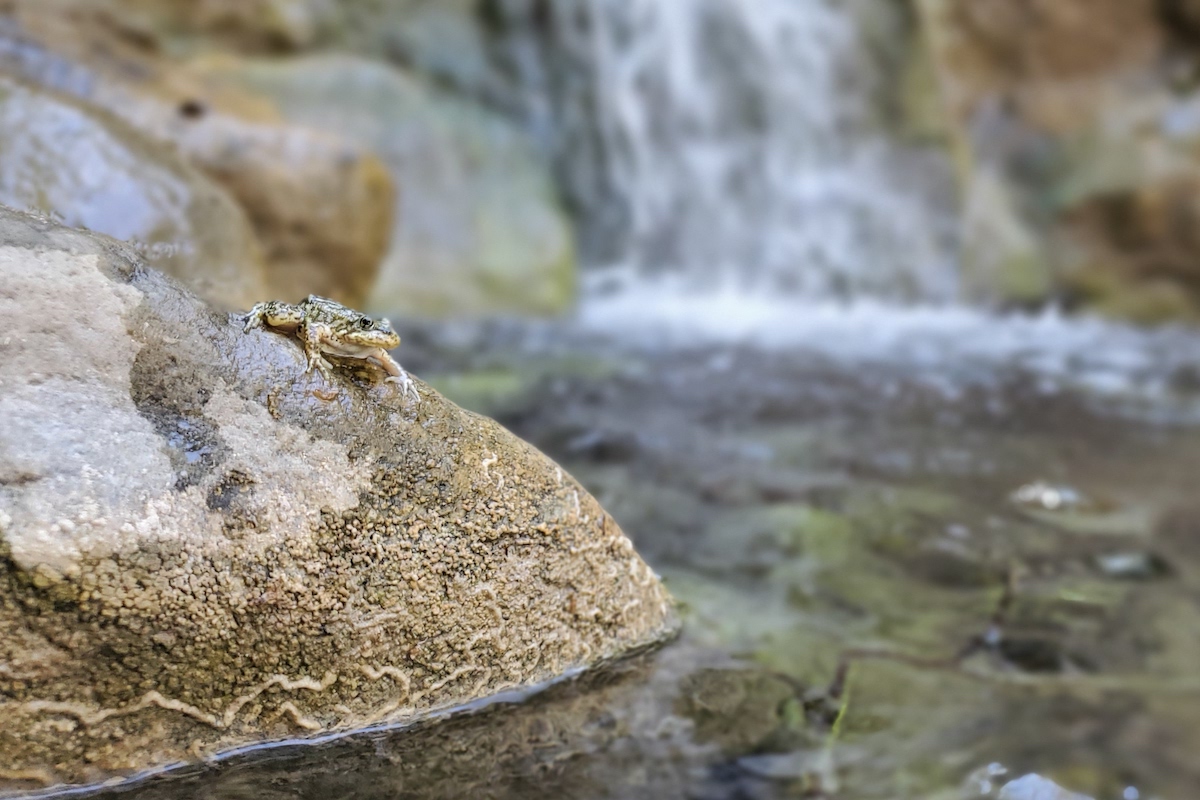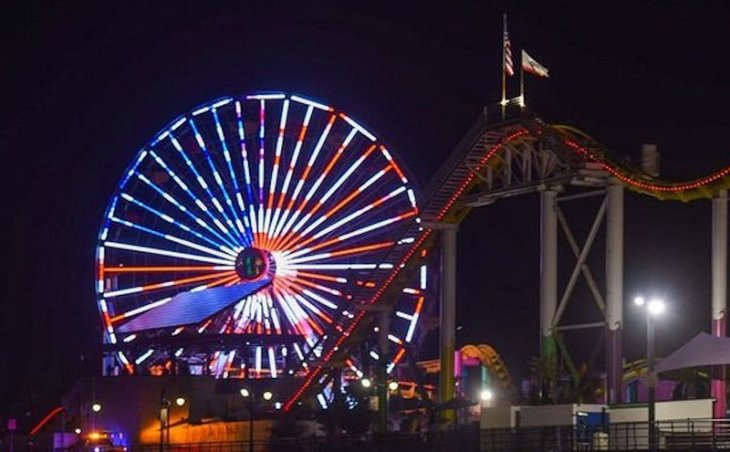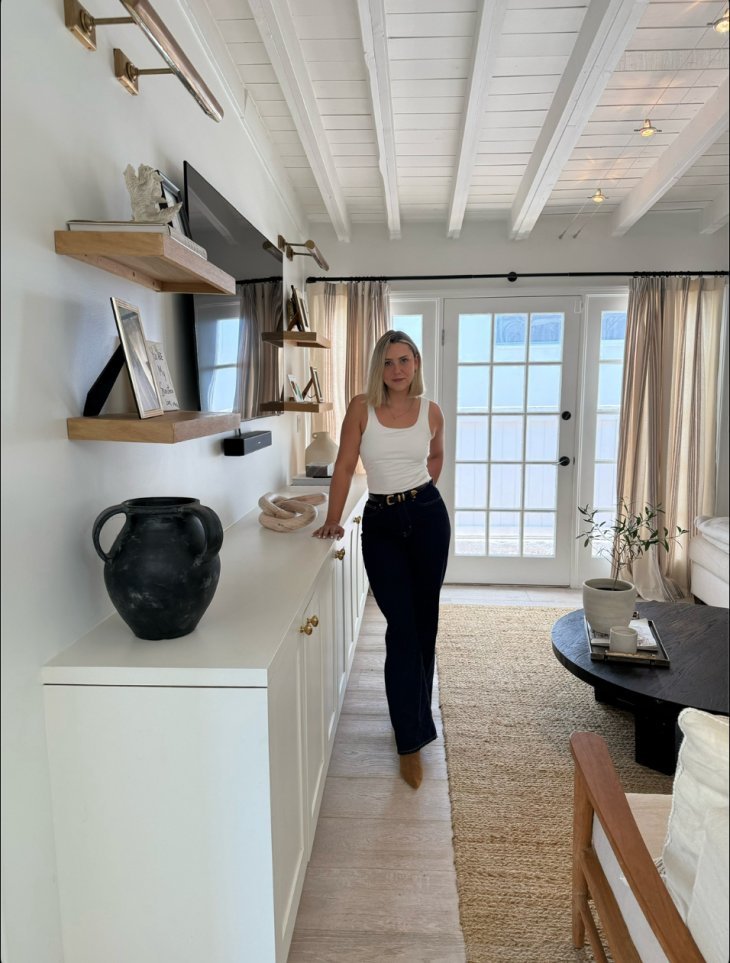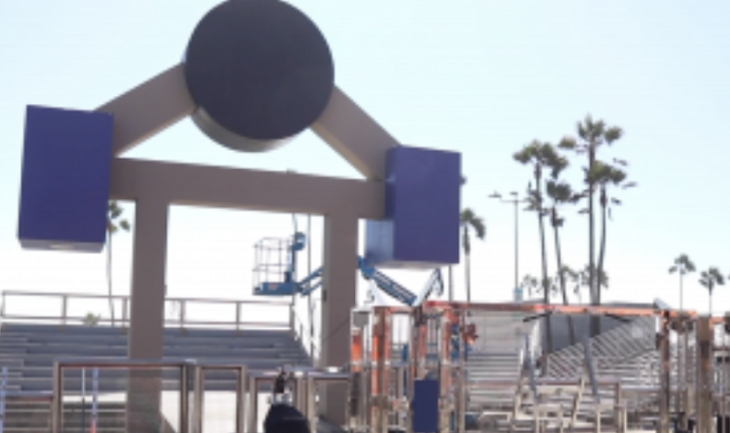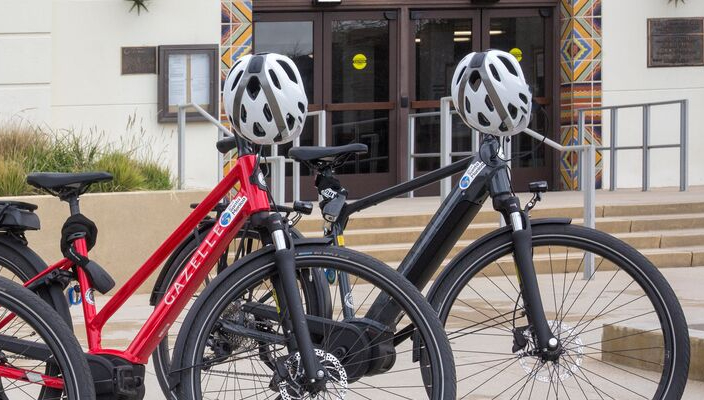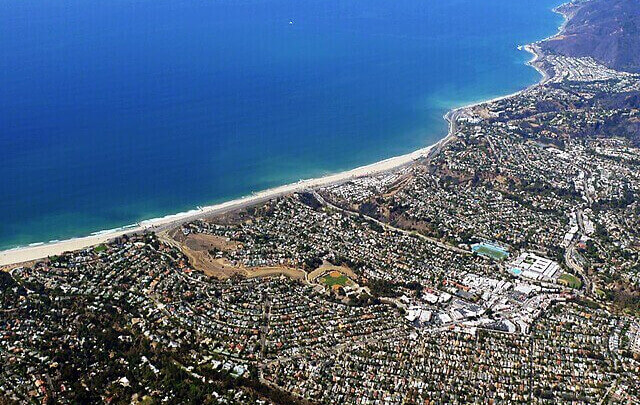Tadpoles released into local mountains September 15
Critically endangered mountain yellow-legged frogs that were raised and cared for at the Aquarium of the Pacific were released back into their wild habitat in Southern California mountains on September 15, 2022.
After the Bobcat Fire in 2020 that threatened the cold-water streams where this species lives, government wildlife agencies rescued the remaining mountain yellow-legged frogs and tadpoles from these areas and placed them with local institutions like the Aquarium of the Pacific and other partner facilities.
“The Aquarium’s amphibian team have taken special care of these frogs over the past year, and we are very gratified to have had a hand in helping this local endangered species,” said Brett Long, the Aquarium’s curator of mammals and birds.
The Aquarium has been caring for and raising around 125 wild tadpoles hatched in April 2020 and about 150 that were hatched in 2021 at the Los Angeles Zoo, one of the other facilities in the partnership. Previous wild releases showed that the frogs were most successful when released as froglets that had metamorphosed out of the tadpole stage. The Aquarium’s tadpoles began to metamorphose into froglets in the spring and summer of 2022, making them good candidates for release.
Several organizations have partnered in the effort to raise and release the frogs. Scientists and officials from the U.S. Geological Survey and California Department of Fish and Wildlife monitor wild populations and oversee releases; some of the frogs being released came to the Aquarium of the Pacific from the Los Angeles Zoo in August 2021; and the release site was approved by California State Parks.
Mountain yellow-legged frogs are native to California’s mountainous regions and depend on habitats in the San Gabriel, San Bernardino, and San Jacinto Mountains. To help these frogs recover, the public is encouraged to support this conservation effort by staying on marked trails and paths and respecting signs announcing off-limits areas when visiting local mountains.

